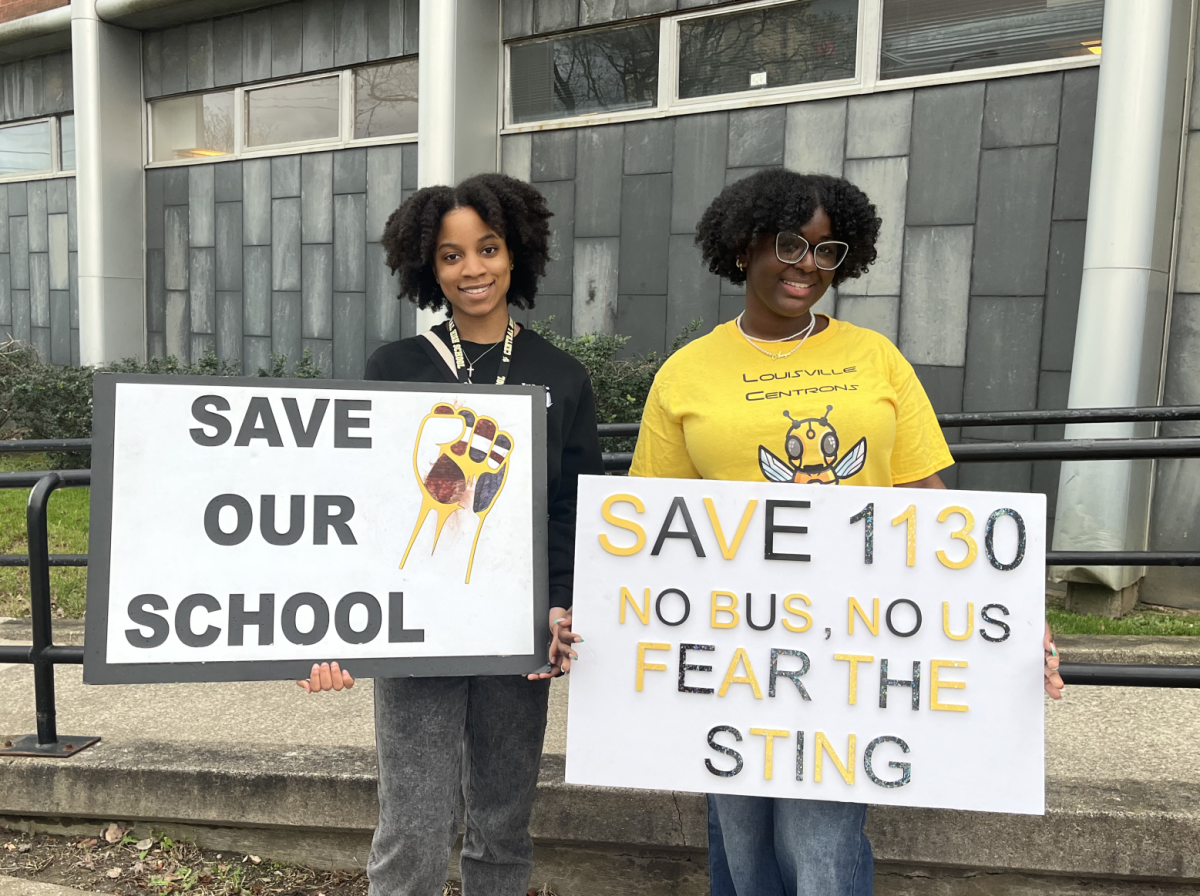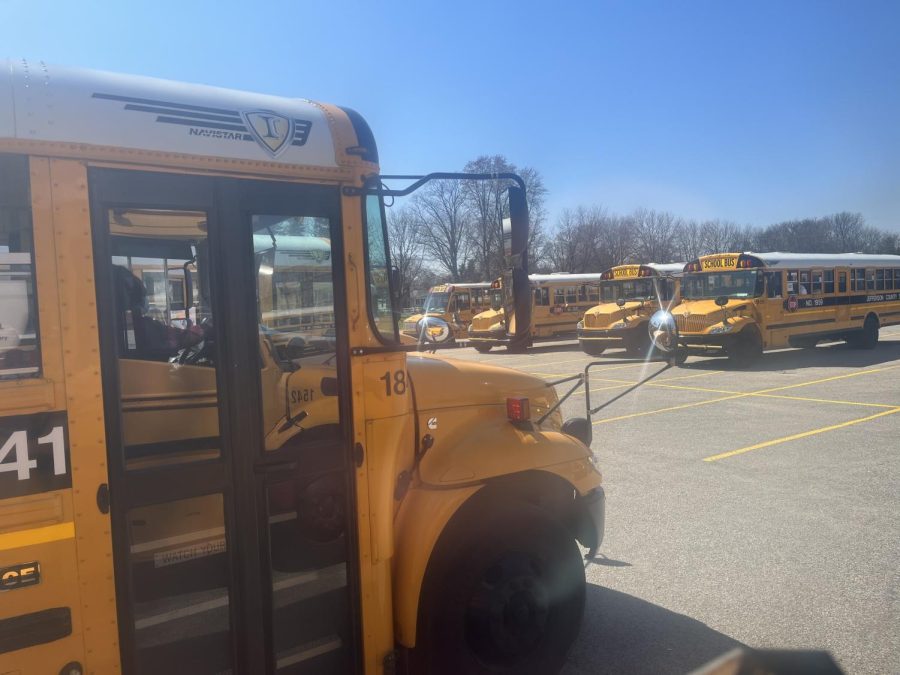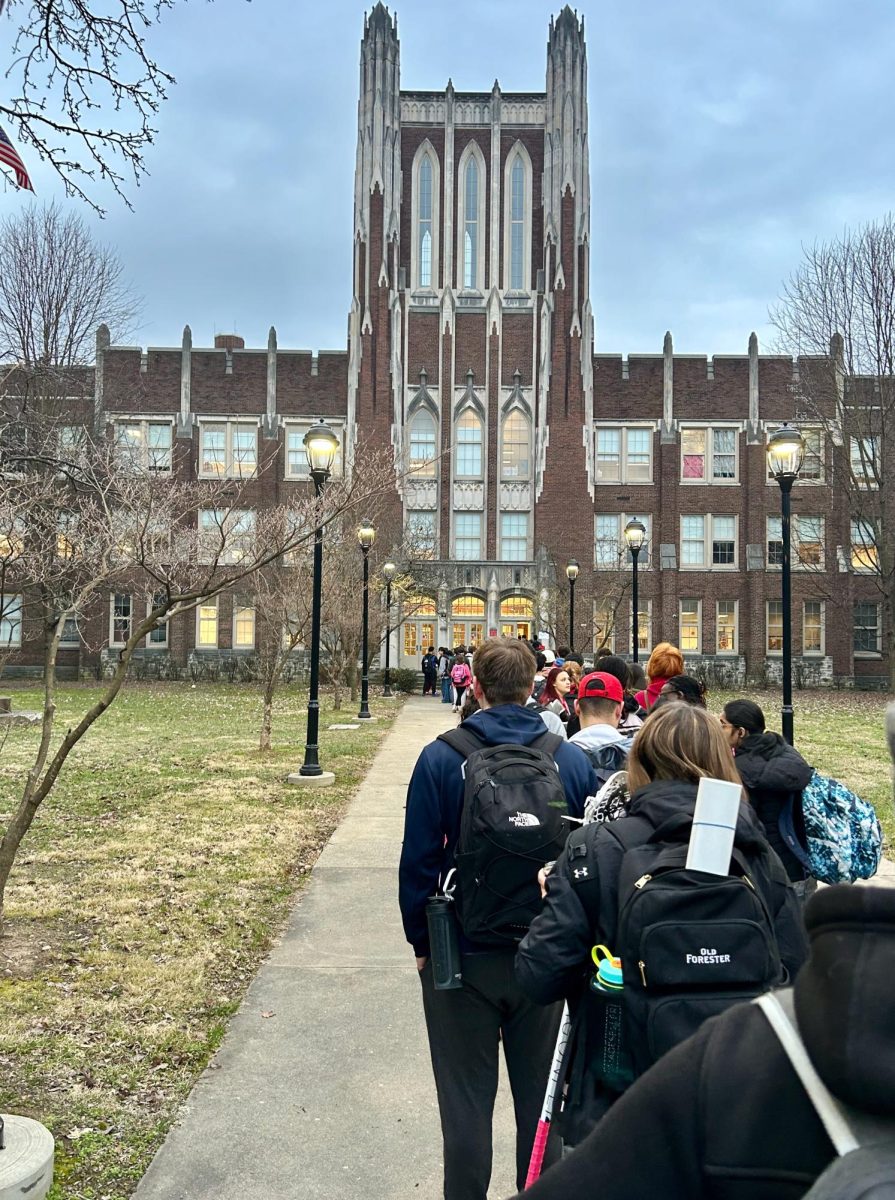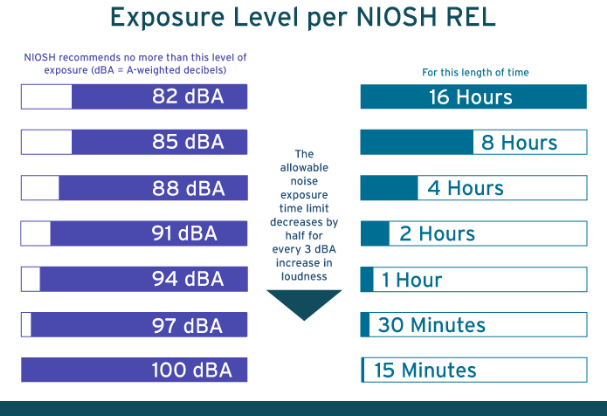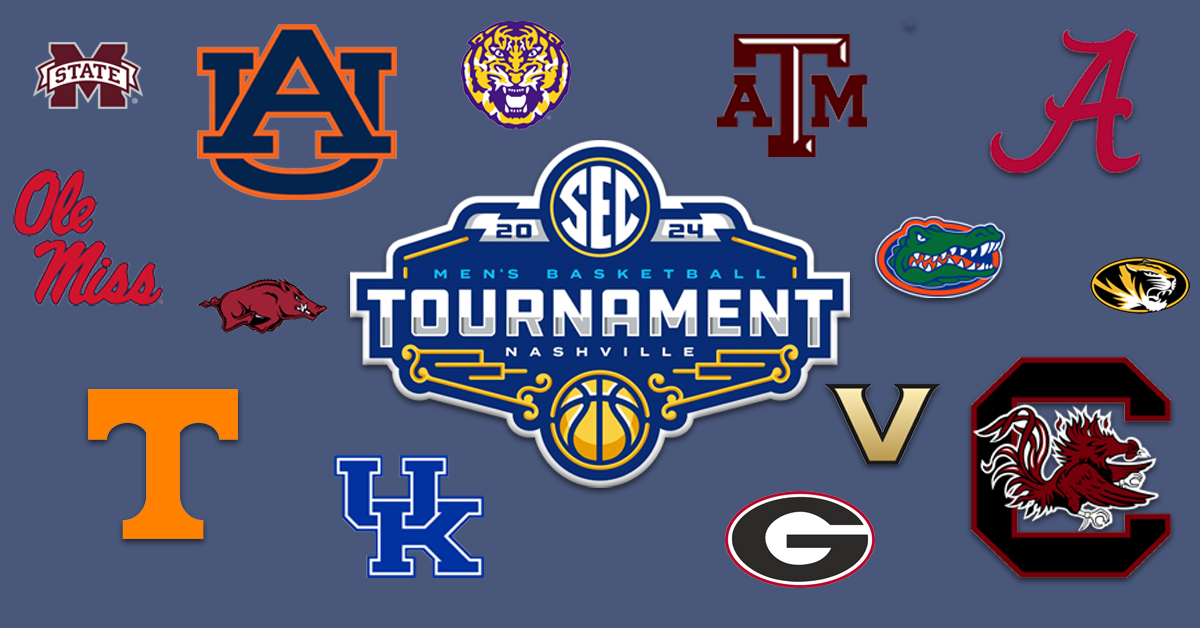Applying for college can be confusing and difficult. There are a lot of words and phrases that you might hear repeated, but never know what they really mean. Below are the most important terms you need to know before applying for college.
Financial terms
Free Application for Federal Student Aid (FAFSA): FAFSA is an online form that students who are eligible for financial aid fill out. The form requires information such as tax returns, bank statements, and child support information. Students must complete the FAFSA before certain deadlines every year.
Student Aid Report (SAR): After the student completes the FAFSA, they will receive a SAR from the school which will outline how much money the family is expected to pay as well as how much money the school can offer the student.
Expected Family Contribution: On the student aid report, the college will give a number which is the amount of money the student will have to pay on their own.
Types of financial aid
There are two types of financial aid that don’t have to pay back: grants and scholarships.
Grants: The government typically provides grants to students who meet certain qualifications. For example The Pell Grant is for low-income undergraduate students. There are merit-based grants, need-based grants and institutional grants. The difference between grants and scholarships is that with grants, students are not expected to maintain a certain level of performance in order to keep the money.
Scholarships: Scholarships are given by corporations, non-profit organizations and individuals. Some scholarships are also given by the school. Students apply for scholarships with applications. Often students are asked to write an essay, but there are a lot of scholarships that ask for other types of applications. If a student fails to maintain a set level of achievement specified by the scholarship, they could lose their money.
Work Study: Work study programs are also provided by the government. Students can work during college, and the money they earn will then go toward their tuition.
Loans: Loans are a type of financial aid where the government or a private corporation provides money for tuition that a student is expected to pay back later. There are many different types of loans:
- Subsidized loans: When a student takes a subsidized loan, the government will pay the interest on the loan.
- Perkins Loans: Perkins loans are provided by the government. They are low interest and they are relatively rare. Perkins Loans are need-based, meaning that students who have the most need for financial aid are the ones who get Perkins Loans.
- Stafford Loans: Stafford loans are provided by the government as well. They are often subsidized and offer more money than Perkins loans.
- PLUS Loans: PLUS loans are given by the government. PLUS loans are paid by the parents of the student rather than by the student.
- Consolidated loan: Students may have the option to consolidate their loans, meaning that they can combine multiple different loan payments into one payment per month rather than multiple payments for different loans.
Application Terms
Early Decision vs Early action: Early decision and early action plans allow students who are certain that they want to go to a specific college to apply early. Early decision plans are binding, meaning that if you are accepted into a college based on early decision, you have to go to that college. Early action plans are not binding. If you are accepted to a school based on early action, you do not have to commit to that school.
Common Application (Common App): The common app is a standardized application that students can fill out and send to more than 700 colleges.
Open-door institution: Open-door institutions typically accept anyone who has a high school diploma. They also have a “non competition acceptance policy” meaning that there is no competition for spots.
Pre-Professional programs: Pre-professional programs are designed to prepare students for a specific occupation. They set a path for students to follow in order to insure the best chance at getting into a professional program after they’ve received a bachelor’s degree. Pre-law, pre-med, and pre-pharmacist are the most common pre-professional programs, but there are many others.
Grade Point Average (GPA) (Weighted vs Unweighted vs cumulative): Weighted GPA takes into account the difficulty of the class and therefore assigns higher values to different levels of courses. Unweighted GPA simply counts an ‘A’ the same regardless of the course difficulty. Cumulative GPA refers to all of the grades a student has earned in one term. (Below is a chart of the difference in points given class difficulty for weighted GPA)
| Grade | Regular | Honors (Advanced) | College (AP) |
| A | 4.0 | 4.5 | 5.0 |
| B | 3.0 | 3.5 | 4.0 |
| C | 2.0 | 2.5 | 3.0 |
| D | 1.0 | 1.5 | 2.0 |
Junior/Community College: Community colleges and junior colleges are the same thing. They are two year institutions that prepare students either for work after college or for transfer to a four-year college.

Gap Year: Some students take a gap year in between high school and college. This is when they take a year off after high school to work or just to prepare for college.
Wait list: To be put on a wait list – or to be wait listed – means that the college has finished reviewing an application and that the student was not accepted into the college, however, if students who did get accepted deny their acceptance, the student on the wait list may still be admitted.
Deferred: If a student applies early action or early decision and is not selected to be admitted, they may be deferred. This means that the college will reconsider the application at the next application deadline when all of the regular applications come in. Often times, being deferred means the college wants more information before they can make their decision.
Athletic Terms
National Collegiate Athletic Association (NCAA): The NCAA is a non-profit institution for college athletics. It organizes all of collegiate athletics for the majority of schools.
Division: There are three divisions for NCAA college athletics: division I, division II and division III. Division I colleges are the highest level. Students at division I and division II colleges are eligible for athletic scholarships. Each school is classified into one of the three divisions, but often schools compete in higher divisions in specific sports.
Athletic Scholarship: Students who are accepted to NCAA division I or division II schools are eligible for athletic scholarships. Athletic scholarships can be taken away if the student fails to maintain a set standard of athletic performance.

NCAA Clearinghouse/Eligibility center: In order to be eligible for an athletic scholarship, students must create an account on the NCAA Eligibility center, formerly known as the NCAA clearinghouse. From there colleges can see the eligibility of high-school athletes.
National Association of Intercollegiate Athletics (NAIA): NAIA, is a separate institution for college athletics. NAIA schools are less common than NCAA schools.





